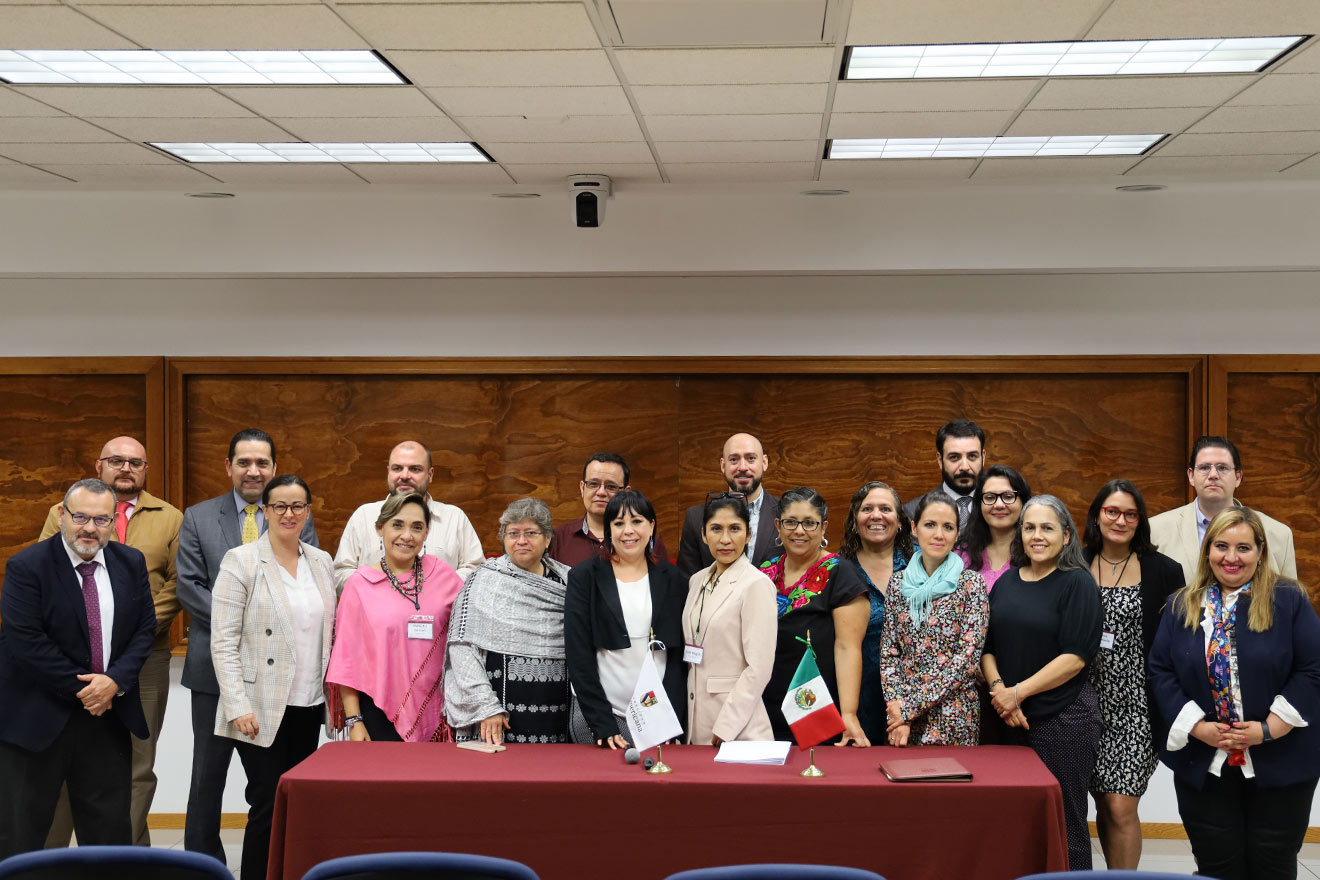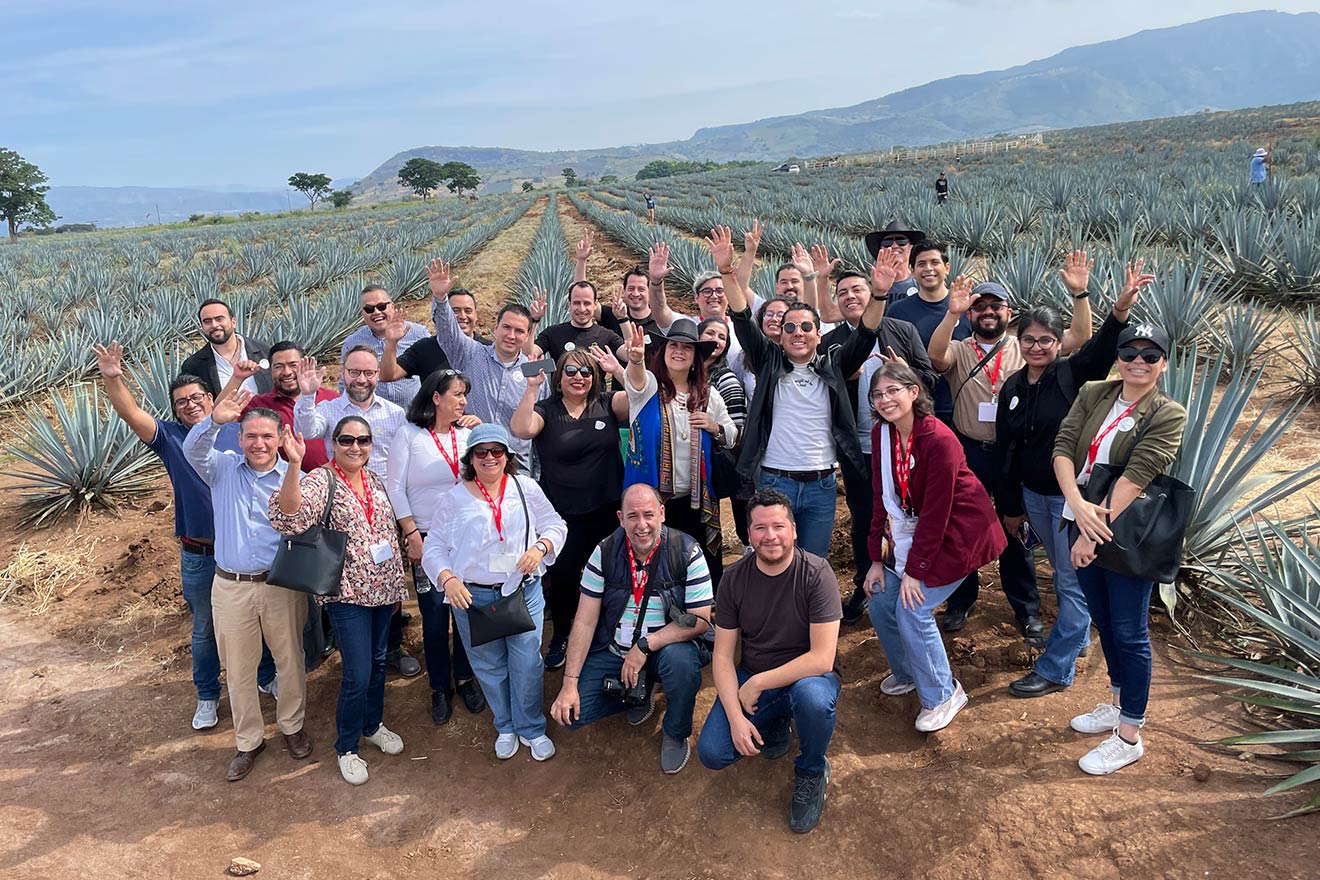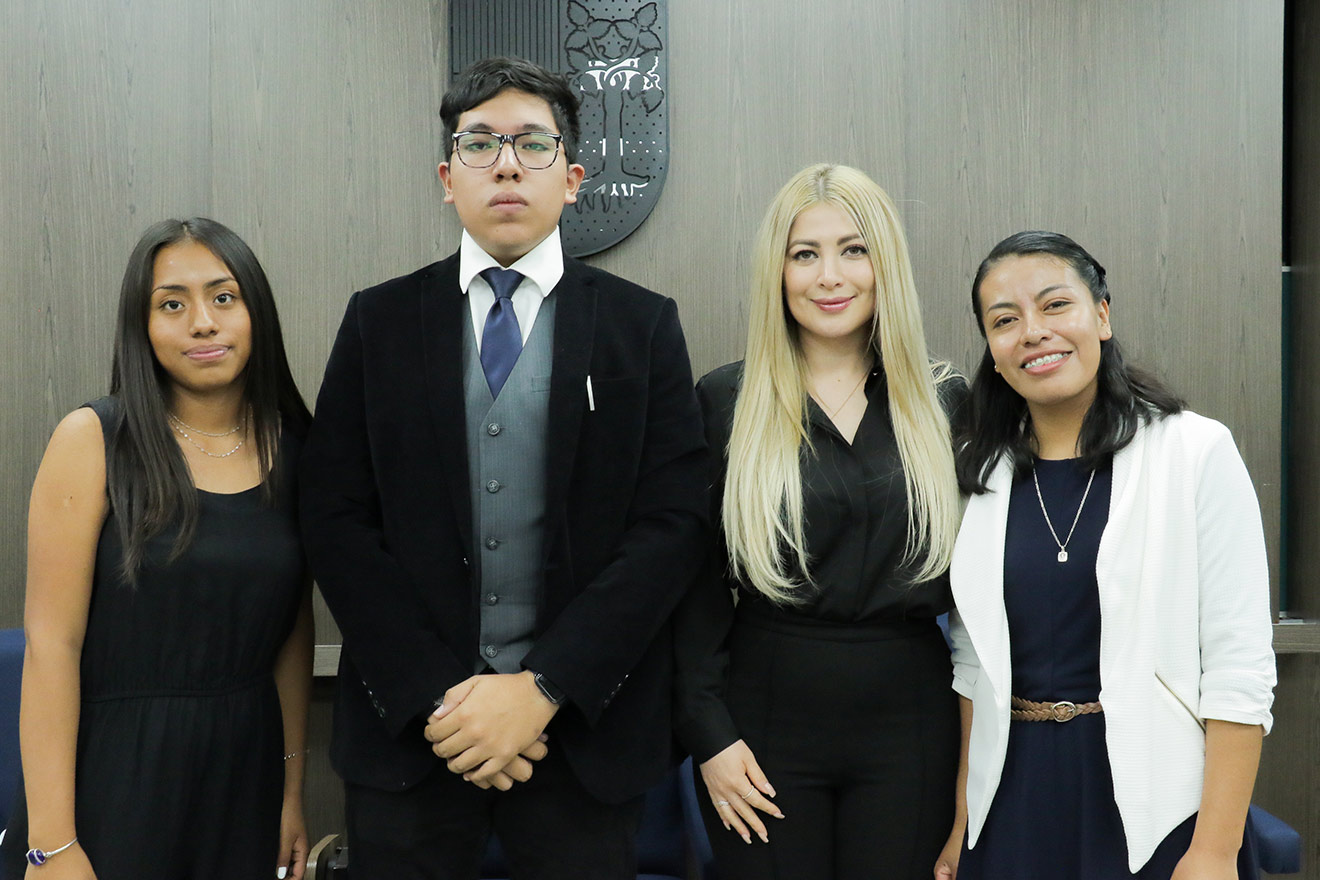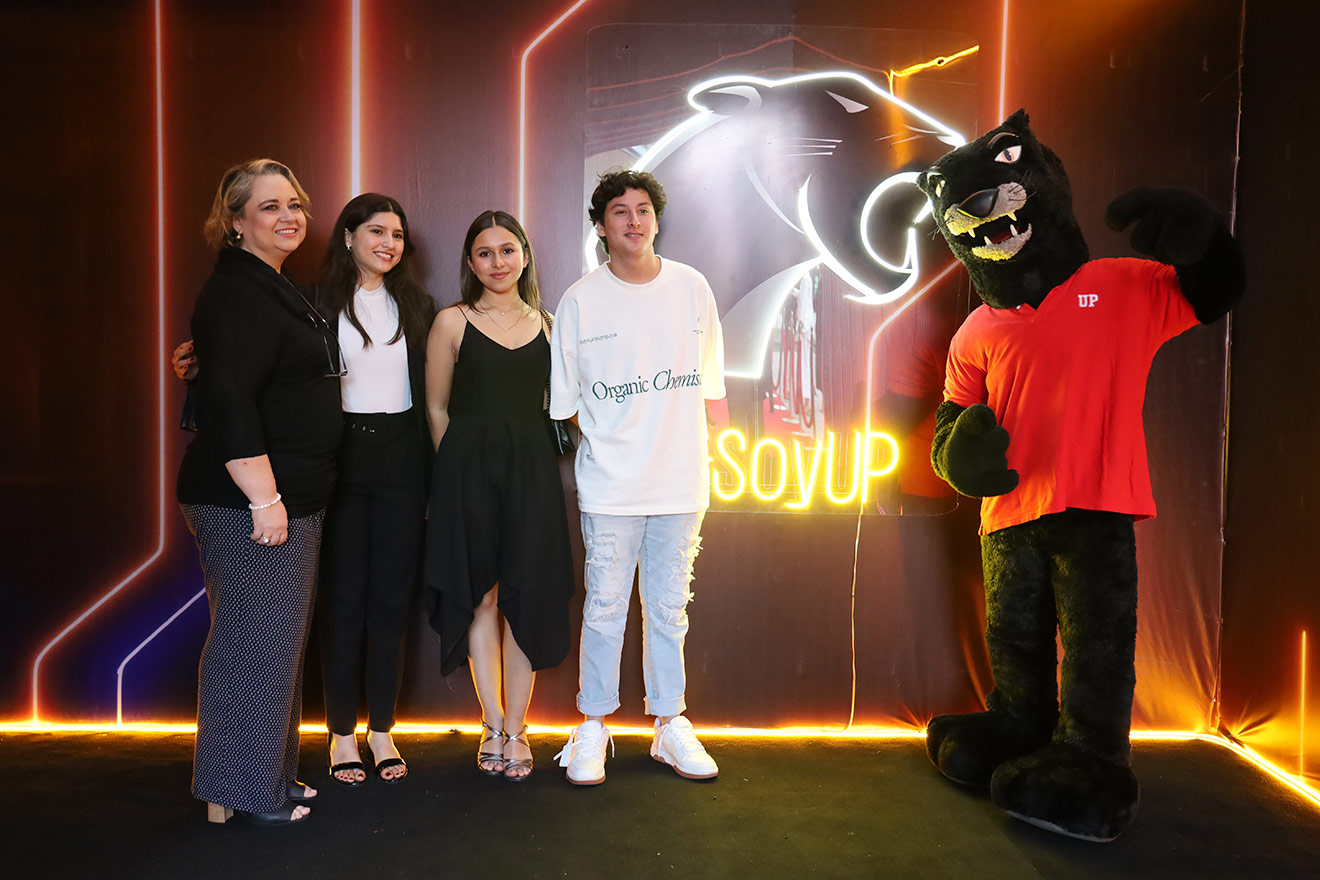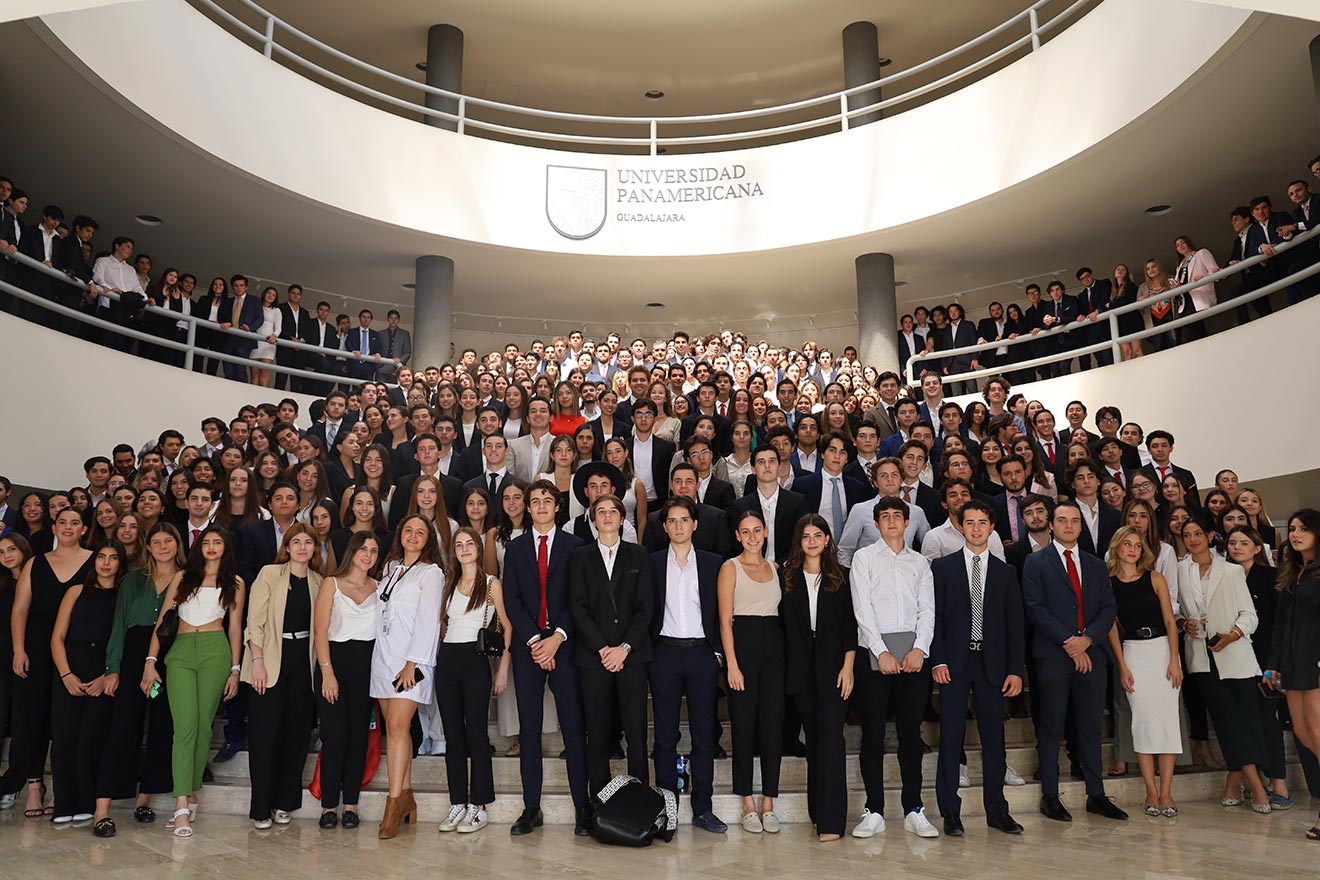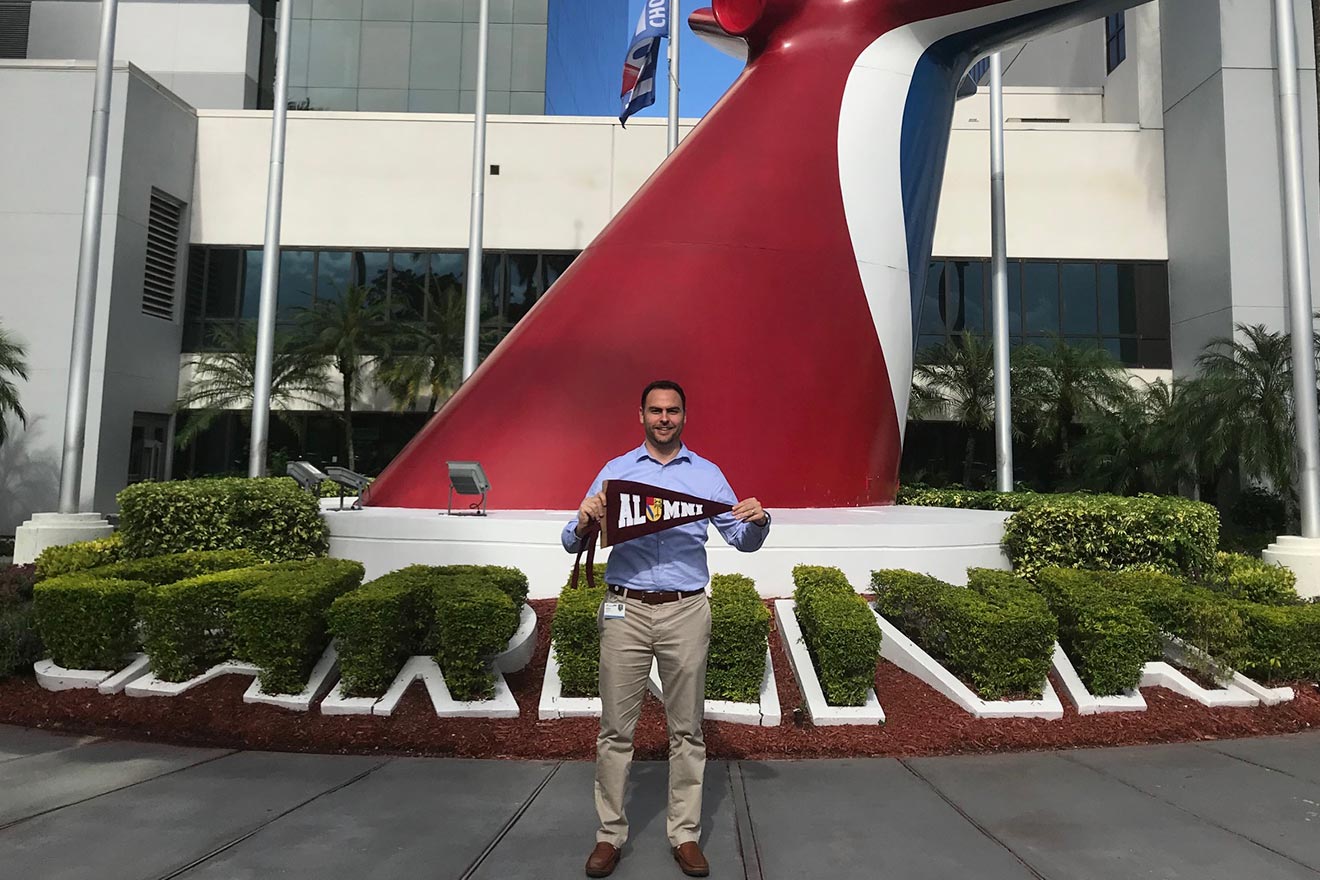ZAPOPAN, Jalisco; May 24, 2023. Universidad Panamericana Guadalajara CampusDr. Guillermo Sosa and Dr. Omar Rojas, were awarded the National Prize of the Academy of Sciences of Cuba, in the area of Natural and Exact Sciences, for their work entitled "Statistical tests of randomness applied to the security of information systems", which was carried out in collaboration with academics from the University of Havana and the Technological University of Havana.
Information Systems Security
This work consisted in developing a new probabilistic model to distinguish legitimate users based on the probability of password selection in the authentication phase. A new algorithm for detecting passwords with smooth patterns.
Two statistical tests were obtained to verify whether a graphical password belongs to a random pattern or not, one based on the mean distance of password points and the other on the Delaunay triangles obtained from the polygons generated by the passwords.
The effectiveness in detecting weak graphical passwords formed by non-random dots makes the results obtained in this scenario a practical option for increasing the strength of passwords.
This statistical research lasted three years, from 2019 to 2022, carried out by a multidisciplinary group of researchers.
For Dr. Omar Rojas, some of the challenges along the way were the following:
- The practical validation of the theoretical results achieved many of the results depended on the availability of certain technological tools.
- The pandemic, because teleworking was a challenge for all researchers who had to adapt face-to-face meetings to work from the network of networks.
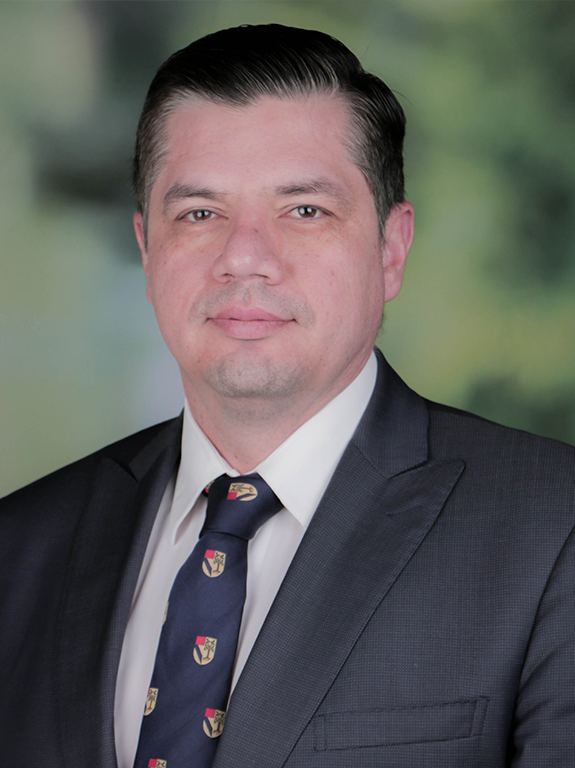
On the other hand, Dr. Rojas gained constant motivation by being directly involved in the research, because he was able to address a "subject that has not been studied very much, at least publicly, and that can have a significant impact on related areas".
A piece of advice that the Panamericana professor gives to the university community is to "study and prepare strongly, from the university life, to be able to face the current challenges of research and contribute with concrete practical results to solutions of existing problems".
The Universidad Panamericana Campus Guadalajara congratulates the professors, Dr. Guillermo Sosa Dr. Guillermo Sosa and Dr. Omar Rojas for being awarded the National Prize of the Cuban Academy of Sciences, in the area of Natural and Exact Sciences, for their work entitled "Statistical tests of randomness applied to the security of information systems" and wishes them every success in their future research.
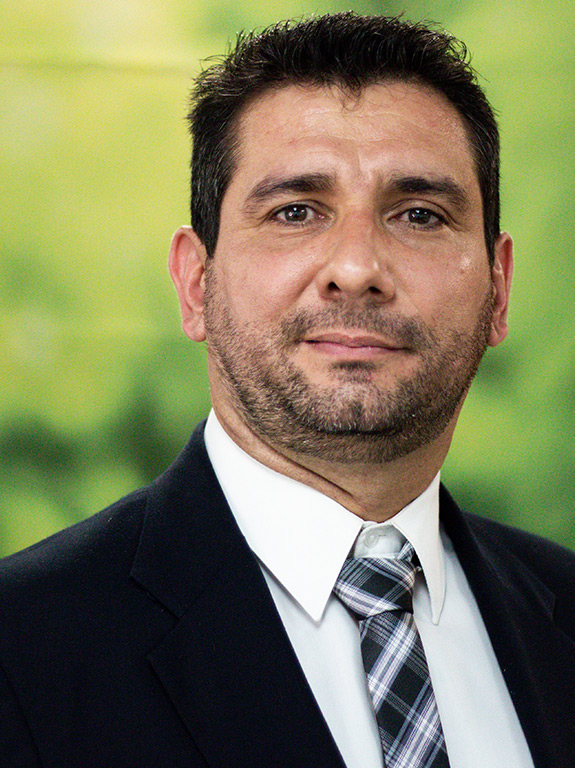
Questions and Answers
What did the work "Statistical randomness tests applied to information systems security" consist of? If you could tell us what you did in this work, it would be excellent.
The mathematical-computational methods used in the security of information systems base their effectiveness on the presence of random behavior. The research/development of new tools for the evaluation, by means of statistical randomness tests, of the presence or not of randomness in the methods used is of great theoretical importance and practical utility.
Security in traditional computer systems depends on a number of factors that must be present. However, two essential factors are the handling of passwords and the encryption of information. Authentication is a step in the identification process in which it is determined whether a user can access the system. Confidentiality is ensured by the application of cryptographic techniques.
Novel results were obtained, such as the proposal of a new probabilistic model that allows distinguishing/classifying legitimate users based on the probability of password selection in the authentication phase. A new algorithm for detecting passwords with smooth patterns. Two statistical tests to verify whether a graphical password belongs to a random pattern or not, one based on the average distance of password points and the other on the Delaunay triangles obtained from the polygons generated by the passwords. Two statistical tests of randomness as a result of theoretical and algorithmic extension with two criteria measuring avalanche properties in stream cipher algorithms.
The effectiveness in detecting weak graphical passwords formed by non-random points makes the results obtained in this scenario a practical option to increase the strength of passwords. On the other hand, the effectiveness of the proposed tests for the evaluation of stream ciphers was experimentally confirmed by applying it on practical use cases, detecting previously reported statistical dependencies.
How long were you working on this project?
The results achieved constitute the output of 3 years (2019-2022) of work by a multidisciplinary group of researchers.
What were some of the challenges you faced along the way?
Among the main events that challenged the researchers was the preparation not only of the researchers themselves who worked on the subject, but also of the students who collaborated with their thesis topics and course work in obtaining these results.
In addition, there were challenges from a technological point of view since the practical validation of the theoretical results achieved depended on the availability of certain technological tools.
Related to the previous topic, was the issue of the pandemic. Teleworking was a challenge for all researchers who had to adapt face-to-face meetings to work from the network.
On the other hand, what did you like most about working on this project?
A constant motivation, in addition to the theoretical and practical results achieved, is to address a subject that has not been studied much, at least publicly, and that can have a significant impact on related areas. This led to the scientific improvement of the researchers involved through master's and doctoral theses.
On the other hand, the possibility of working together with a great group of researchers where mutual collaboration was the central idea shared by all.
How satisfied are you to have been awarded for the work "Statistical randomness tests applied to information systems security"?
Obtaining recognition is always a motivation to continue working in this or other areas. But, above all, it is the golden satisfaction of years of work.
How did the UP help you in the process?
The UP played a fundamental role by including two of its professionals in the results achieved, as well as, administratively in the publication and socialization of the results in impact journals.
What advice could you give to the university community?
Cybersecurity is one of the topics of greatest impact nowadays due to the existing technological boom. Conducting research in this area is of vital importance for any entity and universities must play their role and primacy in the research and introduction of results to ensure the protection of information.
On the other hand, it is important to highlight the need to study and prepare strongly, from the university life, to be able to face the current challenges of research and contribute with concrete practical results to solutions of existing problems.



